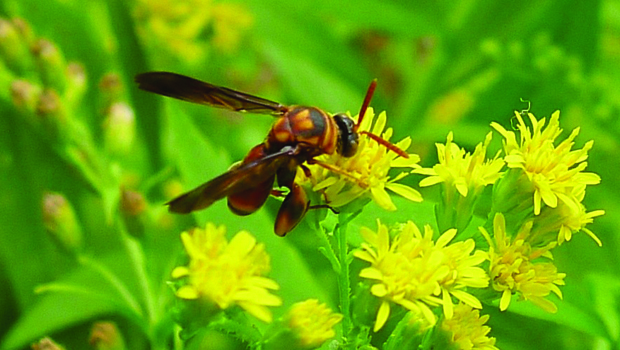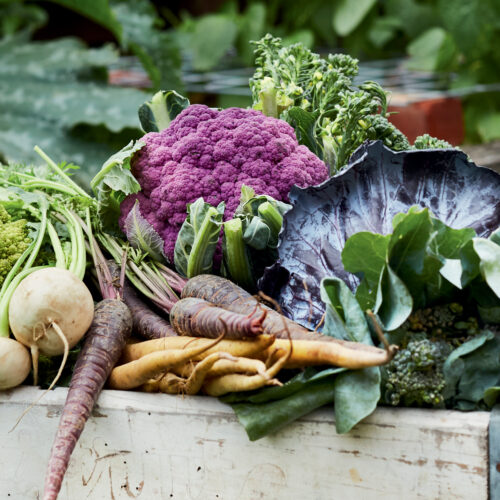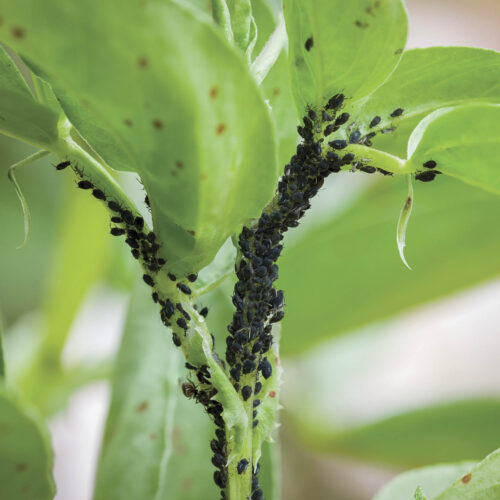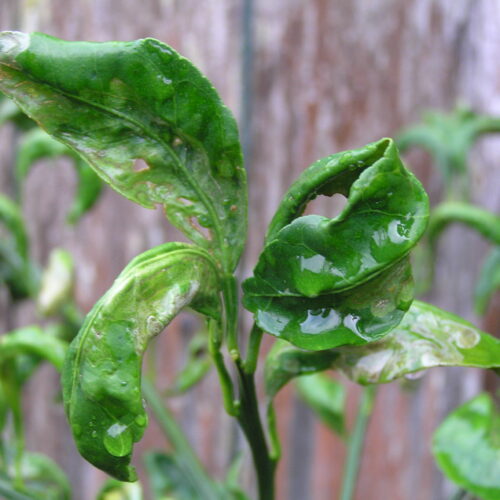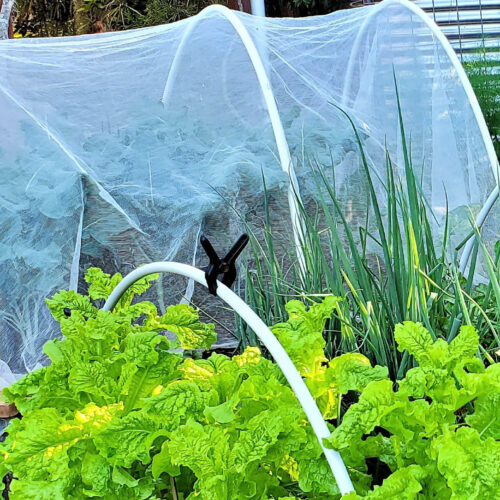Into the wild
2013-09-03T06:17:18+10:00
Gardeners can become ?xated on maximising productive space, but having a wild patch in the garden can bring many bene?ts, from pollination to pest control, writes JERRY COLEBY-WILLIAMS.
Many plants and bene?cial insects support each other and together make organic gardens more productive and healthy.
So it’s good to encourage this plant-insect synergy by embracing biodiversity and planting out a wild area of the garden with a variety of herbs, annual ? owers and ? owering vegies – an area known as an ‘insectary’.
You can also interplant productive areas with ?owering plants that will speci? cally attract helpful insects. It’s a topic I touched on in OG a couple of years ago (‘Organic Action’, Nov/Dec 2011) but felt it needed a more detailed explanation, especially in the prime time of spring when life is returning to the garden with gusto.
The planting of insectaries is not just con?ned to the vegetable patch – organic orchardists and farmers often carefully maintain combinations of native and exotic plant species to boost natural pest control and pollination.
Whichever way you do it, planting out insectaries is not only bene? cial to the garden but also provides a fascinating lesson in biology and plant-insect interactions. Many bene?cial insects – such as ladybirds, mantids, spiders, robber ?ies and assassin bugs – are predatory all their lives, eating destructive insects. What a bonanza if you can have them in
your garden working for free.
Meanwhile, many adult native wasps and tachinid ? ies feed on nectar, but also hunt out caterpillars to feed their larvae.
Many ?owering plants and pollinating animals have co-evolved – they are meant to be together. An example is the macadamia, an endemic genus of rainforest tree now well known for its edible nuts, which in the wild is pollinated by native stingless bees (Tetragonula).
So what are the plants that attract bene?cial insects? Here are some I, and others (in cooler climates), have had success with. Have fun experimenting with your own plantings and just remember that to develop resident populations it is necessary to provide food and shelter that suits predators for their whole life cycle, from egg to larva to adult.
They don’t thrive in tidy gardens!
• Apiaceae family
Carrot, dill, Queen Anne’s lace, chervil, fennel and their relatives are probably some of the top insectary plants. They attract predatory and parasitic wasps and parasitic tachinid ?ies. Both insect groups are important for caterpillar control.
• Basil and cosmos
Basil and cosmos attract opportunistic ?ower spiders and baby mantids, plus a range of leafcutter bees. Leafcutter bees also pollinate cucumber, melon, gherkin and mouse melon.
• Brahmi
Honeybees love blue-? owered Brahmi herb (Bacopa monnieri), but ignore the white-? owered form.
• Brassicas
Cabbages, kale, mustard, turnip, radish and Asian greens are great for stingless bees, honeybees and hover? ies. Adult hover? ies drink nectar, but their larvae are important predators of aphids.

